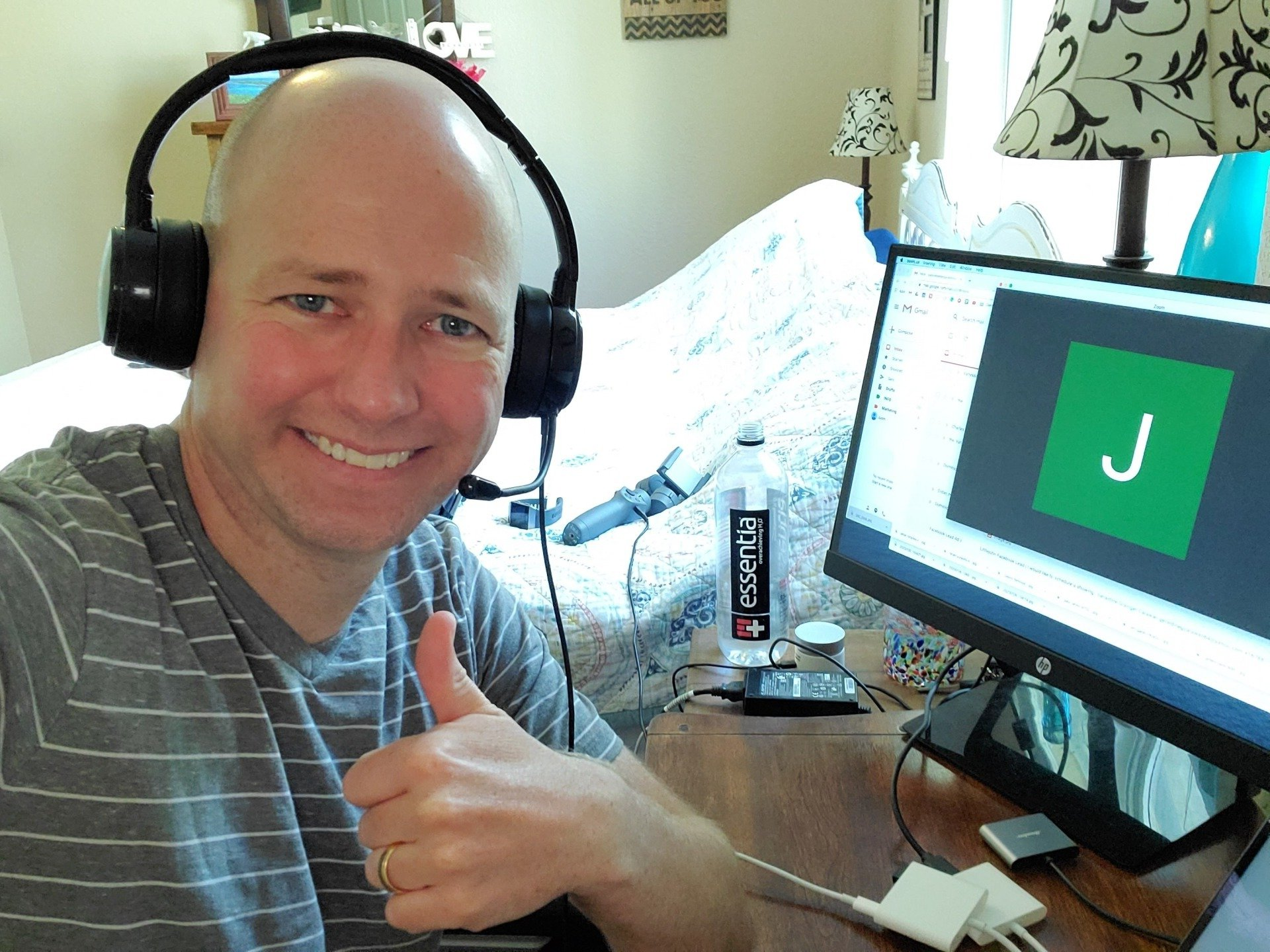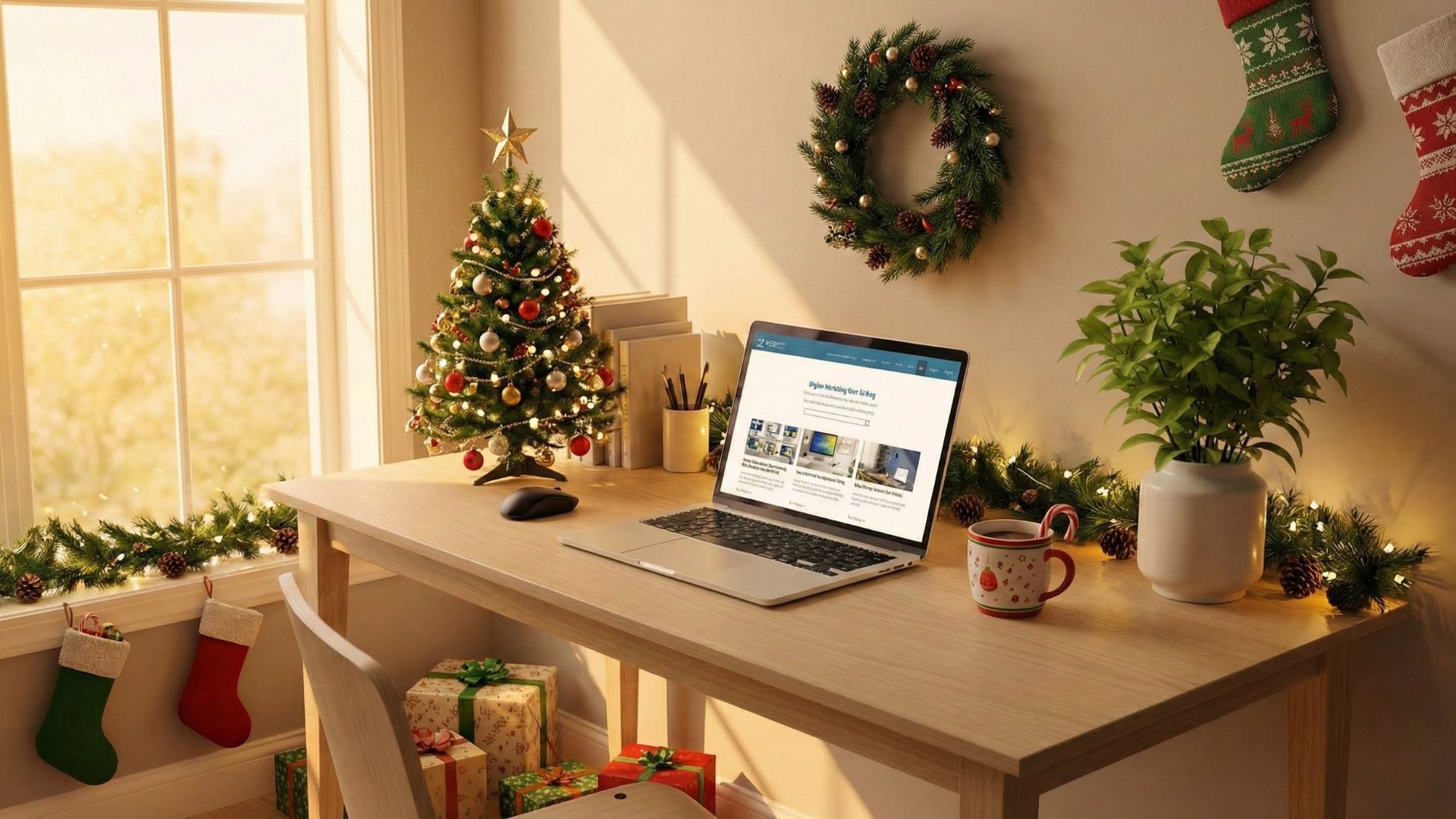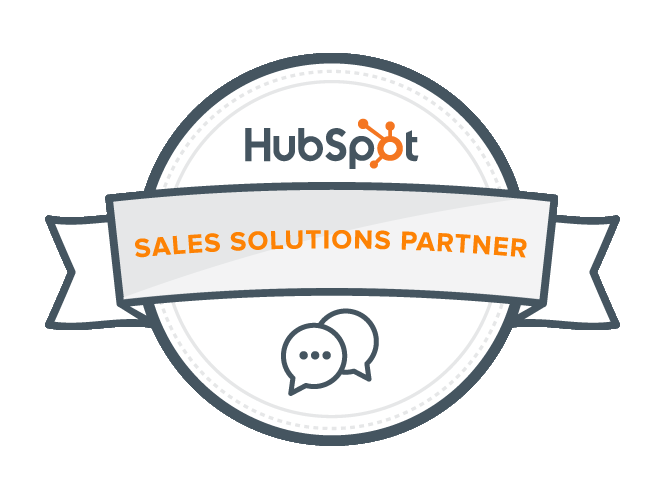How to Post to 8 Different Social Platforms In Under 4 minutes
Justin Babcock • March 26, 2020
As a small business, it shouldn't be hard to post to multiple social channels. You just need a good checklist to follow: how-to-best-practices-for-posting. And a helpful video (see above).
If you need help setting up your marketing system give us a call, 727-222-6984, or use your helpful how-to guides, there are step by step instructions to set up every social platform. If you get stuck, we offer FREE one-time coaching sessions. Contact us to get started.
Contact Us

Video Transcript:
All right I wanted to see how quickly I could get through content creation and sharing with you guys. So, the first thing you want to do is get out your phone and either take a picture or or shoot some video. Then what you want to do is open up
Grammarly, and create the post that you wanted to share across multiple platforms. Then open up our blog post: how-to best practices for posting
and in here you'll have links out to all the simple social platforms.
So, what you want to do is just simply go ahead and open up all of those and then you will close some of them depending on the content and not others depending on what your distribution looks like.
Then start copying and pasting. So, we're going to go into Facebook and within Facebook we're going to go into our page and within our page we are going to upload a photo. Go into our most recent downloads and then we can go over to our content that we pull from Grammerly.
We know it's all correct and go ahead and paste that. We got a nice little post in here and our messages are on point so I'm going to go ahead and click on post for today.
Then we're going to go into Twitter and do the same thing. Pull up our picture and go ahead and tweet and let's go check out LinkedIn and we're gonna go in and do the same thing pull this up and throw that in there as well. Now for
Instagram. We like to use creator studio
because it allows you to post from your
desk desktop. I'm just going Instagram
throw that in there add some content and away we go.
Since it's not a video we're not going to do YouTube. So, I'm going to close that out and let's go ahead and jump into our Google My Business and we're going to go to our posts. Let's get a nice little update out there. Just go ahead and throw that in there and a nice little learn more button here and we'll copy our blog and then go back. Grab the whole thing again and copy it.
We're gonna go in to tumblr and lastly Pinterest.
Not that all these platforms are equal but you can see as quickly as we can get through all of this it makes sense to go ahead and post it all in.
So that's it that's how quickly you can get all of this stuff out there. You can see that it's pretty easy the first couple times it takes a little bit more effort,
If you need any help give us a call you know where to find us.







